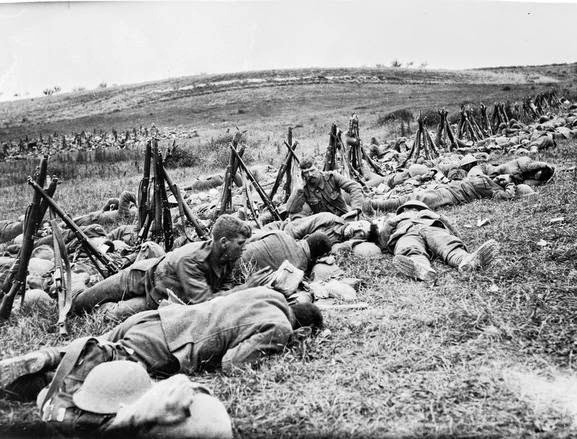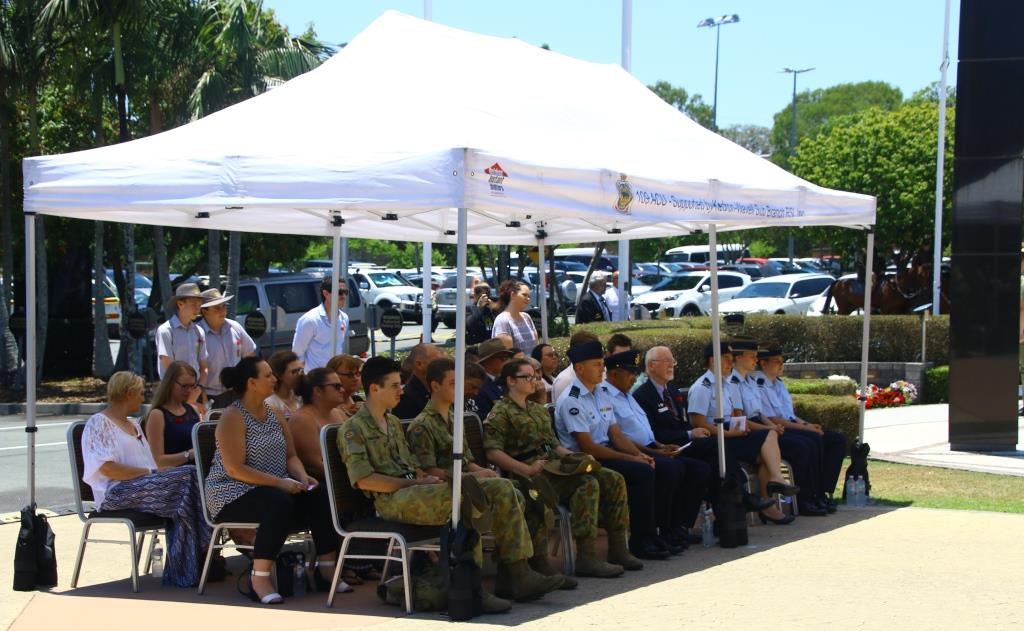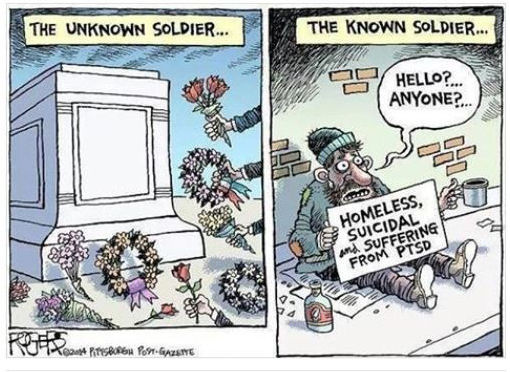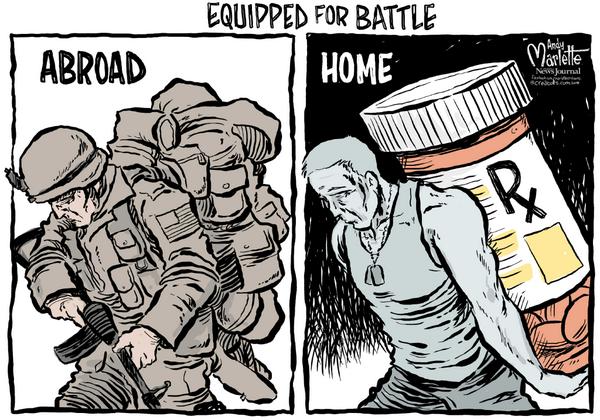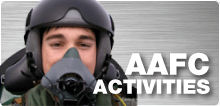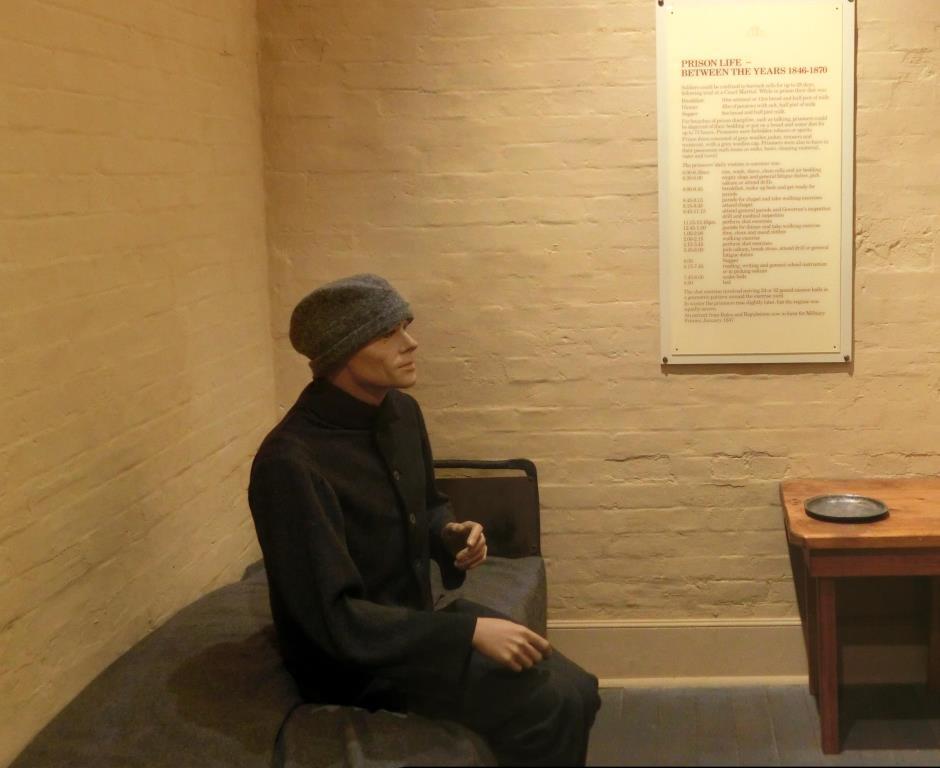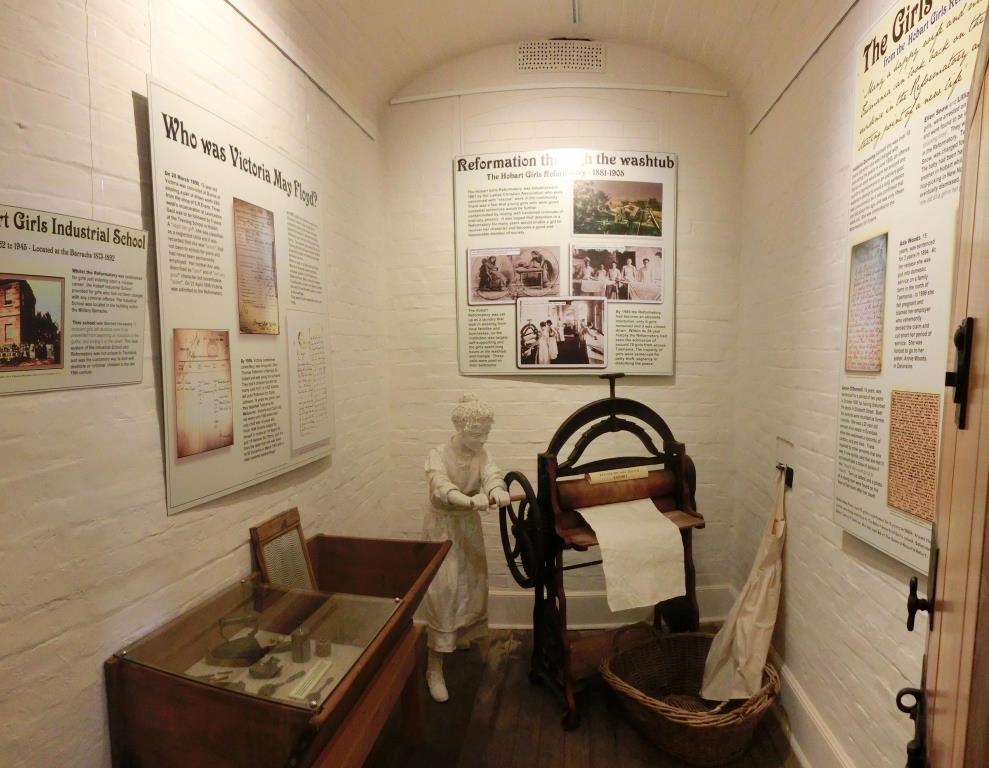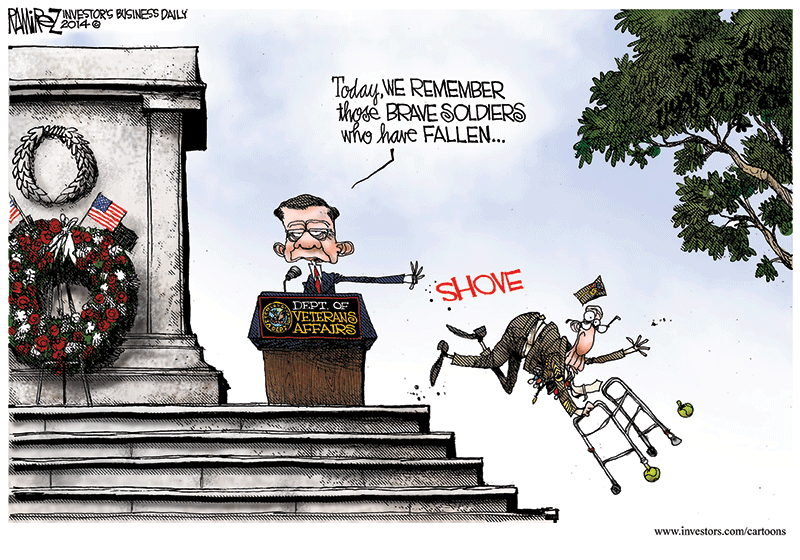|
|
|||||||||||||||||||||||||||||||||||
|
|||||||||||||||||||||||||||||||||||
|
Privacy Policy | Editorial Policy | Profit Policy | Join the Association | List of Members | Contact us | Index | Links |
|||||||||||||||||||||||||||||||||||
|
Back Go to page: 1 2 3 4 5 6 7 8 9 10 11 12 13 14 15 16 17 18 19 20 Forward
|
|||||||||||||||||||||||||||||||||||
|
Remembrance Day.
(As per normal - you can click most of the pics to get the HD copy.)
Originally called Armistice Day, the 11th November commemorates the signing of the armistice to end the Great War (World War I). This occurred at 11.00am on that day in 1918 — the 11th hour of the 11th day of the 11th month. Armistice Day was observed by the Allies as a way of remembering those who died, especially soldiers with 'no known grave'.
On the first anniversary of the armistice, in 1919, one minute's silence
was instituted as part of the main commemorative ceremony. In London, in
1920, the commemoration was given added significance with the retur
The Flanders poppy became accepted throughout the allied nations as the flower of remembrance to be worn on Armistice Day. The red poppies were among the first plants that sprouted from the devastation of the battlefields of northern France and Belgium. Soldiers' folklore had it that the poppies were vivid red from having been nurtured in ground drenched with the blood of their comrades.
After the end of World War II in 1945, the Australian and British governments changed the name to Remembrance Day as an appropriate title for a day which would commemorate all war dead. In October 1997, then Governor-General of Australia, Sir William Deane, issued a proclamation declaring:
“11 November as Remembrance Day and urging Australians to observe one minute's silence at 11.00 am on Remembrance Day each year to remember the sacrifice of those who died or otherwise suffered in Australia's cause in wars and war-like conflicts.”
The 11 November 1918 marked the end of the bloodiest war the world had seen, 'The war to end all wars'. Of the Australian population of 5 million, 300,000 young men went to the Great War and more than two thirds of them were casualties, 60,000 Australian soldiers died and 156,000 were wounded or taken prisoner. New Zealand’s sacrifice was even greater, from a population of just over one million, 100,444 of their men served overseas. An horrendous price to pay.
At the outbreak of war in Europe in 1914, Australia was a federation of colonies, as part of the British Empire. The Australian government committed itself to supporting the British war effort and Australian men volunteered to fight. Australian troops were often used by the British command as the first wave of an assault, leading to heavy casualties.
The first troops were diverted to Egypt and with the New Zealanders, were formed into the Australian and New Zealand Army Corps (ANZAC) which invaded the Turkish Gallipoli peninsula on 25 April 1915. Nearly 8000 Australian men died in the Dardanelles campaign; 800 died at Lone Pine—the most famous of the Gallipoli battlegrounds.
In early 1916, the Australian divisions joined the British army on the Western Front which ran for more than 750 kilometres, from northern France through Belgium to the French-Swiss border in the south.
In 1916, Australians were at the main battle front of the war. In July, on the Somme, the Australians were engaged in one of the bloodiest, most destructive battles in history. Over several weeks, in a series of determined attacks against a strong defence, the Australians suffered a rate of casualties that was nearly unsustainable. The single worst day of the war was at the battle of Fromelles. On the evening of the 19th July the Australian 5th Division and the British 61st Division attacked the Fromelles ridge in a diversionary attack. The two divisions chosen for this battle were both new to the sector and lacked local battle experience. The men had to assault over open fields criss-crossed with drainage ditches and in the face of heavy machine-gun and artillery fire. Many fell, while others were overwhelmed by German counter-attacks. The attack failed, with 5,000 Australian casualties and no ground was taken.
Fromelles was followed by six weeks of fighting 'in the murderous ordeal that was Pozieres'. On the 23rd July, the 1st Australian Division captured Pozieres but within five days the 1st Division had lost 5,000 men. The 1st Division was replaced by the 2nd, and there were almost 7,000 casualties in twelve days. The 4th Division was the next to take part and all suffered heavily.
Over a period of 42 days the Australians made 19 attacks, 16 of them at night and as a consequence, the total casualties were a staggering 23,000 men, of whom 6,800 were killed. Charles Bean, Australia's official wartime historian, later wrote that Pozieres Ridge marked 'a site more densely sown with Australian sacrifice than any other place on earth'.
At Pozieres the destructive power of artillery now dominated the battlefield. Shrapnel tore men to pieces, high explosive blew them to bits and destroyed trenches, smoke covered the turned-up, stinking ground. Added to this were gas shells. It was the worst artillery shelling that the Australians experienced in the entire war.
In November 1916, the Australians returned to the Somme, accompanied by the 5th Division where they made attacks near Gueudecourt and Flers, but the muddy conditions meant that the fighting came to an end on 18 November. The rain, mud, and slush of winter 'made life wretched' with respiratory diseases, frost bite and 'trench foot' caused by prolonged standing in water. Large-scale fighting did not resume until early 1917 when spring approached.
The Somme was followed by battles at Bullecourt and Messines, followed by the battle of the Third Battle of Ypres in which all five Australian divisions and the New Zealand Division fought, where another 76,000 men were killed or wounded. The final phase of the Third Battle of Ypres, Passchendaele, was one of World War I's bloodiest battles, involving at least 300,000 troops from the British Empire and resulted in more than 250,000 German casualties between 31 July and 6 November 1917.
Finally, at 11 am on the 11th November, 1918 the guns of the Western Front fell silent after more than four years of continuous warfare. The number of casualties during that period is horrendous.
It’s now 98 years since the Armistice and like all RSL sub-branches across Australia, the Kedron Wavell sub-Branch in Brisbane observed the day with a well-attended Ceremony at the Cenotaph in front of the Services Club.
|
|||||||||||||||||||||||||||||||||||
|
|
|||||||||||||||||||||||||||||||||||
|
Australian Serving and Ex-Service representatives as well as those from Canada, the UK and NZ as well civilian people wishing to pay their respects (an estimated 250 plus in total) began assembling at the Services Club at 10.30am for a 10.45am start.
Master of Ceremonies for the day was Phil Lilliebridge, the Senior Vice President of the Sub-Branch. Phil is ex-Army, and in 2006, as Major Lilliebridge, was the 2IC of the 2/14 Light Horse Regiment (QMI) which was deployed in Iraq.
|
|||||||||||||||||||||||||||||||||||
|
Phil Lilliebridge – MC for the Ceremony.
Today the Regiment is equipped with ASLAV vehicles used in the armoured reconnaissance role and is assigned to the 7th Brigade based at Gallipoli Barracks in Brisbane. It was formed in 1952, though sentimentally traces its lineage back to 1860. Consequently, there is a claim that it is the oldest Australian Regular Army unit through the antecedent units, the 2nd Moreton Light Horse (QMI) and the 14th West Moreton Light Horse (QMI). It celebrated its 150th anniversary in 2010.
In March 2005, the regiment became a completely regular unit to meet the Army's increased operational tempo and since then has contributed a number of Security Detachment (SECDET) rotations to Iraq. In 2006, “A” Squadron was deployed to Iraq to serve as part of the third rotation of the Al Muthanna Task Group which became the first rotation of Overwatch Battle Group (West).
Current members of the 2nd/14th Light Horse Regiment, stationed at Gallipoli Barracks, formed up early in the morning and paraded during the Ceremony.
|
|||||||||||||||||||||||||||||||||||
|
The Regiment also provided members for the Catafalque Party (See HERE) which was commanded by Cpl Levi Cladingboul (below).
|
|||||||||||||||||||||||||||||||||||
|
|
|||||||||||||||||||||||||||||||||||
|
The Catafalque Party at the Shrine.
|
|||||||||||||||||||||||||||||||||||
|
|
|||||||||||||||||||||||||||||||||||
|
Guest Speaker, Cpl Gary Wilson.
Members of the Queensland Mounted Infantry Historical Troop, which is the proud custodian of the heritage of the 2nd, 5th, 11th and 14th Light Horse Regiments’ horse traditions were present on their magnificent mounts.
|
|||||||||||||||||||||||||||||||||||
|
|
|||||||||||||||||||||||||||||||||||
|
The men and women, who make up the Troop, aim to preserve the history and tradition of the Australian Light Horse, those men and their wonderful horses who served their country in both war and peace.
|
|||||||||||||||||||||||||||||||||||
|
|
|||||||||||||||||||||||||||||||||||
|
|
|||||||||||||||||||||||||||||||||||
|
Members from those assembled were then invited to lay Wreaths in memory of those fallen.
|
|||||||||||||||||||||||||||||||||||
|
Denise Busk, on behalf of the Ex-Servicewomen’s Association.
|
|||||||||||||||||||||||||||||||||||
|
Piper King on behalf of Cr Fiona King Marchant Ward
|
|||||||||||||||||||||||||||||||||||
|
It’s great to see the young people of today getting more and more involved in these commemorations. The politically stirred up stigma associated with the Vietnam war has all but vanished and the youth of today have clearly shown that the traditional spirit of Remembrance Day and also ANZAC Day will continue. A good thing as without the young it has no future. |
|||||||||||||||||||||||||||||||||||
|
|
|||||||||||||||||||||||||||||||||||
|
Michael Dann OAM for Brisbane North RAAF Assn.
|
|||||||||||||||||||||||||||||||||||
|
After the Wreath Laying Ceremony, Peter Cairnes (above), the Junior Vice President recited the Ode, which was followed by the playing of the Last Post then by one minute’s silence.
|
|||||||||||||||||||||||||||||||||||
|
|
|||||||||||||||||||||||||||||||||||
|
The National Anthem was then sung by those wonderful kids from Craigslea High School. It does you good to meet today’s young people. The kids of today are not all lazy lay-abouts, no-good drug takers that our sensationalist media would suggest to us. The vast majority are sensible, intelligent, ambitious, hard working kids and left to them, Australia is in good hands.
|
|||||||||||||||||||||||||||||||||||
|
On the completion of the service, the President invited all present into upstairs into the VC suite for refreshments.
|
|||||||||||||||||||||||||||||||||||
|
|
|||||||||||||||||||||||||||||||||||
|
Enjoying the generosity of the Club President. |
|||||||||||||||||||||||||||||||||||
|
|
|||||||||||||||||||||||||||||||||||
|
|
|||||||||||||||||||||||||||||||||||
|
|
|||||||||||||||||||||||||||||||||||
|
|
|||||||||||||||||||||||||||||||||||
|
|
|||||||||||||||||||||||||||||||||||
|
Sgt Allison Kelb (Admin) and Pilot Officer Chris Tagle (CO) from 220 Squadron - Air Force Cadets.
|
|||||||||||||||||||||||||||||||||||
|
There are a number of Air Force Cadet Squadrons in southern Queensland,
(as there are all over Australia). The SE Qld units fall under the
control of number 2 Wing, situated at Archerfield Airport. 220 Sqn, of
which Allison and Chris are part, meet at Aviation High in Clayfield
(Brisbane) on Monday nights from 1815hrs (that’s 6.15 at night if it’s
been a while).
The cadets have a wonderful time, enjoying such activities as flying, fieldcraft, adventure training, firearm safety training, drill (yuk), aeromodelling, first aid, ceremonial and service knowledge, navigation and gliding.
Applications are open to young people aged between 13 and 18 years of age.
If you have a son or a daughter (or grandson or granddaughter) who you think would enjoy the comradery of the AFC, click HERE for further information.
|
|||||||||||||||||||||||||||||||||||
|
If ever you get the chance to visit Hobart, make sure you include Anglesea Barracks on your “must see” list. The Barracks, which occupies an area of 6 hectares, is not far from the centre of the city, (only 1 kilometre) is very easy to get to and there is plenty of parking. We were in Hobart a few weeks ago and had a great look around.
|
|||||||||||||||||||||||||||||||||||
|
|
|||||||||||||||||||||||||||||||||||
|
The barracks are the oldest Australian Army barracks still in operational use and thankfully, like Duntroon in the ACT, the security police haven’t moved in, there’s no guard gate, during daylight hours you can just drive in and enjoy yourself looking over its wonderful old buildings. It celebrated its bicentenary in December 2011.
In 1811, the NSW Governor, Lachlan Macquarie, visited the settlement of Hobart Town and was appalled at the ramshackle arrangement of the town. He ordered the government surveyor James Meehan to survey the town which resulted in the current City’s street layout we see today. From 1804 until 1812 Van Diemen's Land (Tasmania) was divided into the northern county of Cornwall and the southern county of Buckinghamshire and the two sections were governed as separate "Lieutenant-Governorships" under the ultimate control of the Governor of New South Wales. The division occurred as a result of Lieutenant-Governor Paterson being sent to develop a settlement in the north of Van Diemen's Land, on the shore of the Tamar River at Port Dalrymple (now George Town). Paterson refused to go if he was to be under the control of Lieutenant-Governor Collins, who was based in the south at Hobart Town. To solve the problem, Governor King, the Governor of NSW at the time divided the island in two using the 42nd parallel.
The 42nd parallel crosses Tasmania on the West Coast north of Queenstown, in the Midlands just north of Ross, and on the East Coast near Cranbrook.
While in Hobart, Macquarie also became concerned about the accommodation provided in the township for the detachment of troops from his Regiment, the 73rd of Foot, which was responsible for the security of the settlement. On the 2nd December,1811, Macquarie rode to the top of a small hill south-west of the town and declared that it was the spot for a barracks. The hill has been called Barrack Hill from that day. Macquarie directed that barracks were to be built to house 150 men, with quarters for the officers and a hospital to accommodate 32 sick persons. Construction began on the first buildings to occupy the site in 1814.
The barracks were named Anglesea by Governor George Arthur (Governor from 1823 – 1837) after the Marquis of Anglesey, who was Master General of the Ordnance in England during Arthur's tenure. Anglesea Barracks remained the headquarters of the British Imperial Forces in Tasmania until the last British regiment stationed there left in 1870. Most of the Barracks then passed out of military control, except for a small portion retained for volunteer forces which had been raised during the 1850s with a small permanent military unit. Occupants of Anglesea Barracks then ranged from a boys' school, girls' industrial school, girls' reformatory, aged women's home, a gymnasium, weather bureau, and the Royal Hobart Bowling Club.
The following pic shows the layout of the Barracks today with each major building numbered. (You can click this pic for a bigger view).
|
|||||||||||||||||||||||||||||||||||
|
Click HERE to get a description of each one of the buildings. (You can click the following pics for a bigger view).
Apart from being a working Army Unit, it also houses offices of the RAAF and the Navy as well as a wonderful Military Museum.
The Museum is housed in what used to be the Barracks Jail which was built in 1847. This building is little changed from when it was originally built even though over the years it has been used for a number of different reasons, including a girls’ reformatory, a married quarter, a store and offices. The Museum is operated by volunteers and is open from Tuesday to Saturday from 9.00am to 1.00pm. Entry is $5.00 for adults and $10.00 for a family.
Click HERE for a brochure on the Museum and there’s more info HERE.
|
|||||||||||||||||||||||||||||||||||
|
Front view of the museum. 15.
|
|||||||||||||||||||||||||||||||||||
|
Side view of the museum, showing the entrance. 15.
|
|||||||||||||||||||||||||||||||||||
|
Representation of one of the original cells from 1855 - 1860.
|
|||||||||||||||||||||||||||||||||||
|
Between the years 1846 1870, prison life was not as bad as many think, below is a copy of the sign on the wall in the cell.
Soldiers could be confined to barracks cells for up to 28 days, following trial at a Court Martial. While in prison their diet was:
Breakfast 10oz oatmeal or 12oz bread and half pint of milk. Lunch 4lbs of potatoes with salt, half pint of milk. Supper 8oz bread and half pint of milk.
For breaches of prison discipline, such as talking, prisoners could be deprived of their bedding or put on a bread and water diet for up to 72 hours. Prisoner were forbidden tobacco or spirits.
Prison dress consisted of grey woollen jacket, trousers and waistcoat with a grey woollen cap. Prisoners were also to have in their possession such items as socks, boots cleaning material razor and towel.
The prisoners’ daily routine in summer was:
6.00 – 6.30am rise, wash, shave, clean cells and air bedding. 6.30 – 8.00am empty slops and general fatigue duties, pick oakum or attend drills. 8.00 – 8.45am breakfast, make up beds and get ready for parade. 8.45 – 9.15am parade for chapel and take walking exercises. 9.15 – 9.45am attend chapel. 9.45 – 11.15am attend general parade and Governor’s inspection, drill and medical inspection. 11.15 – 12.45pm perform shot exercises. 12.45 – 1.00pm parade for lunch and take walking exercise. 1.00 – 2.00pm dine, clean and mend clothes 2.00 – 2.15pm walking excise. 2.15 – 3.45pm perform shop exercises. 3.45 – 6.00pm pick oakum, break stone, attend drill or general fatigue duties. 6.00 – 6.15pm dinner 6.15 – 7.45pm reading, writing and general school instruction or in picking oakum. 7.45 – 8.00pm make bed 8.00pm bed.
The shot exercise involved moving 24 or 32 pound cannon balls in a geometric pattern around the exercise yard.
|
|||||||||||||||||||||||||||||||||||
|
The Jail was used as a Girls Reformatory 1881 - 1905 |
|||||||||||||||||||||||||||||||||||
|
The Hobart Girls Reformatory was established for girls just entering upon a "viscous career" by the Ladies Christian Association who were concerned with “rescue” work in the community. There was a fear that delinquent girls were being sent to ordinary prisons to be further contaminated by mixing with hardened criminals.
The primary aim of the Reformatory was to train the girls to be good domestic servants and the sewing, washing, mangling and domestic work of the girls was made a source of income. It attempted to make a homely atmosphere for the girls. The Reformatory girls used the cells as private bedrooms, ‘each inmate seeming to vie with her neighbour in making her apartment look pleasant and pretty’ by decorating walls with pictorial illustrations and arranging bunches of flowers. Whilst the Reformatory had no educational inspection, two members of the Ladies Christian Association examined the girls weekly. It was reported that many of the girls were very ignorant on admission, some having to be taught their alphabet by the matron and her assistants. There is evidence that the Reformatory attempted to ensure the girls were treated with a degree of warmth and sympathy, however, the girls were subject to a regime of domestic work and laundry with only a rudimentary education and placed in domestic service after their committal period was over. Within its 24 year history the Reformatory had seen the admission of approximately 70 girls. These were girls caught in a time where the Reformatory system popular across Europe and mainland Australia was adopted through the reforming zeal of the Tasmanian middle class, resulting in long incarceration of young girls for petty crimes.
|
|||||||||||||||||||||||||||||||||||
|
6. Originally “The Tap Room”, which was built in 1835, was the soldiers’ pub. The rooms on the right were for the Erks and the rooms on the left were for the senior NCO’s. After the withdrawal of the British forces in 1870 the Tap Room was used by the Hobart Met Office (1882 – 1970’s). It is now the home of No 29 (City of Hobart) Squadron and is the last remaining Colonial Georgian military canteen in Australia.
|
|||||||||||||||||||||||||||||||||||
|
The current Soldiers Club, built in 1956 – 57 and named after Sgt Lewis McGee who was born in Ross in Tasmania in 1888 and was awarded the V.C. for bravery and leadership in the battle of Broodseinde on the 4th October 1817. He was killed at Passchendaele on the 12th October.
|
|||||||||||||||||||||||||||||||||||
|
4. The two-story Soldiers’ Barracks, built in 1847-1848 is the third major barracks on the site. This building was originally named “Anglesey Barracks” and later the name with its current spelling came into common usage for the whole precinct. In 1901 this building was extended to complete its original design necessitating the demolition of the first barracks building the “Old Soldiers’ Barracks” which had been built in 1814.
|
|||||||||||||||||||||||||||||||||||
|
14. These buildings were the junior officers’ quarters and Officers Mess, used from 1827 to 1842. This building was constructed in three stages over fifteen years and completed the enclosure of the Parade Ground. The first stage, the lowest of the three terraces, now the Sergeant’s Mess, provided a Captain’s quarters and the Officers’ Mess, back then the social centre of Hobart Town. The later two stages provided accommodation for junior officers. Behind the terrace were kitchens, servants’ quarters and a privy. These were demolished many years ago.
|
|||||||||||||||||||||||||||||||||||
|
5. This building was the “New” Soldiers’ Barracks and was built in 1827. This building mirrored the “Old Soldiers’ Barracks which originally stood in front of where the new two story Barracks now stands. It was extensively updated in 1934 and is now used as the Officers Mess.
|
|||||||||||||||||||||||||||||||||||
|
9 This building was originally the Field Officers’ Quarters and is the oldest remaining building at Anglesea Barracks. It provided separate apartments for a field officer and four captains, with their wives, families and servants. It included private kitchens, toilets, kitchen gardens and harness rooms at the rear. (now demolished). It is now occupied by the Navy.
|
|||||||||||||||||||||||||||||||||||
|
This area, at the rear of the old Field Officers’ Quarters, where once stood the kitchen gardens, has been landscaped into a picnic area for people working at the Barracks. There are covered and open air areas where people can sit and enjoy their meals in these wonderful surrounds.
|
|||||||||||||||||||||||||||||||||||
|
|
|||||||||||||||||||||||||||||||||||
|
|
|||||||||||||||||||||||||||||||||||
|
This picture below shows the proximity of the Barracks to the heart of Hobart. The Museum building is on the right with the old hospital, with the new metal roof, is on the left. The road leading away, between the two buildings, is the main entrance.
|
|||||||||||||||||||||||||||||||||||
|
|
|||||||||||||||||||||||||||||||||||
|
Being a Military establishment, it has a wide variety of guns and cannons spread throughout the complex. This particular gun is a 3.7inch anti-aircraft gun from the second World War.
We spent a full morning looking over the Barracks and through the Museum and can heartily recommend it. If you’re in Hobart, make sure you set aside some time and have a look.
|
|||||||||||||||||||||||||||||||||||
|
|
|||||||||||||||||||||||||||||||||||
|
|
|||||||||||||||||||||||||||||||||||
|
|
|||||||||||||||||||||||||||||||||||
|
|
|||||||||||||||||||||||||||||||||||
|
Back Go to page: 1 2 3 4 5 6 7 8 9 10 11 12 13 14 15 16 17 18 19 20 Forward |
|||||||||||||||||||||||||||||||||||
|
|

 n
of the remains of an unknown soldier from the battlefields of the
Western Front.
n
of the remains of an unknown soldier from the battlefields of the
Western Front.